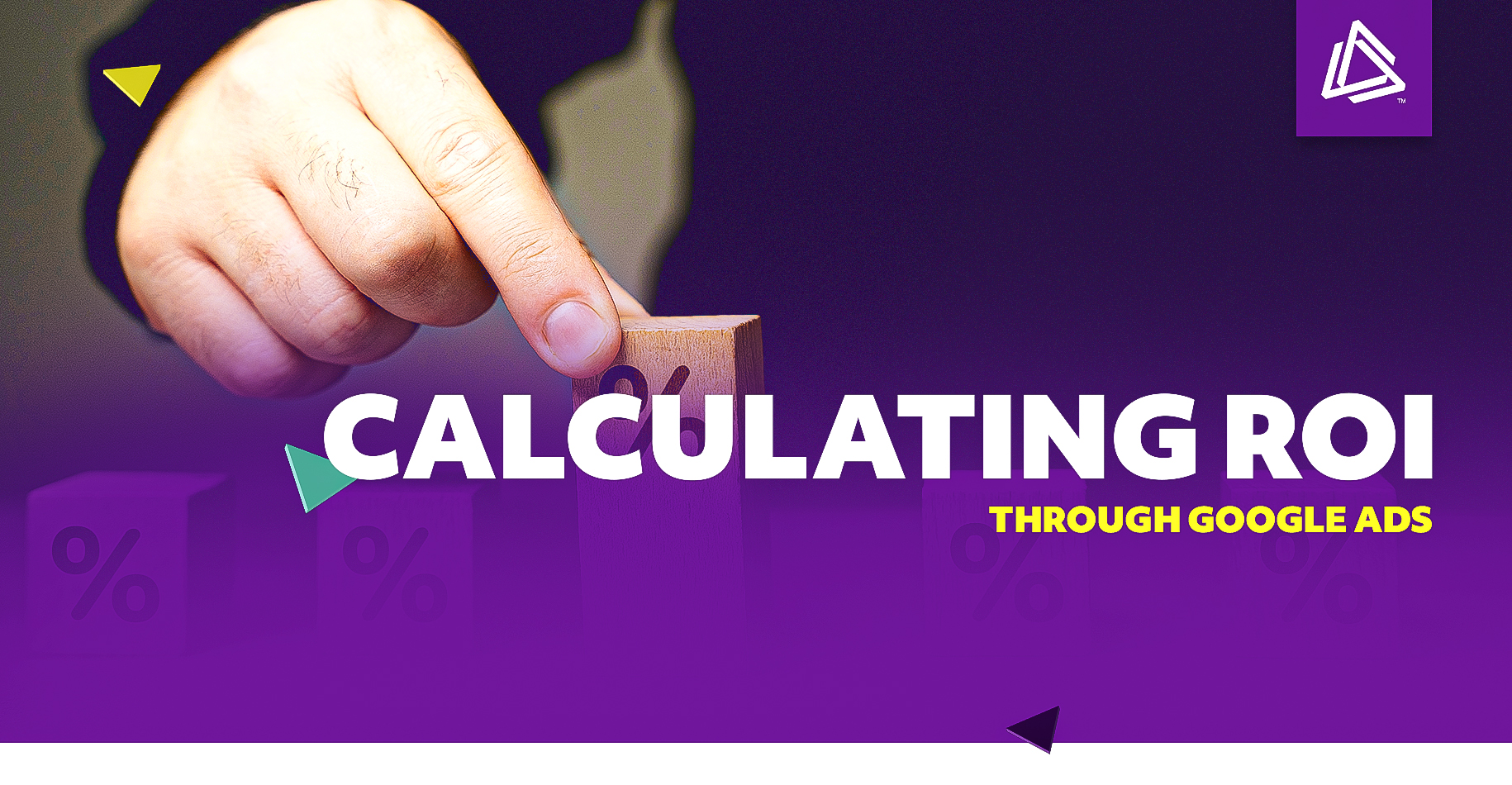Calculating Return on Investment (ROI) through Google Ads for a manufacturing company involves measuring the revenue generated from Google Ads campaigns against the costs incurred.
Here’s a step-by-step guide on how to calculate ROI:
1) Define Goals and Metrics:
Determine your specific goals for the Google Ads campaigns. These goals could include increasing website traffic, generating leads, or driving direct sales. Identify the key metrics that align with your goals, such as conversion rate, click-through rate (CTR), average order value, and conversion value.
2) Set Up Conversion Tracking:
Implement conversion tracking on your website to accurately track user actions that align with your goals. This could be a completed sale, a form submission, a download, etc. Google Ads provides tools like Google Tag Manager and Google Analytics to set up and track conversions.
3) Calculate Revenue Generated:
Track and calculate the total revenue generated from the conversions attributed to your Google Ads campaigns. This could be done by assigning a value to each conversion (e.g., average order value) or by tracking the actual revenue associated with each conversion.
4) Calculate Costs Incurred:
Calculate the total costs incurred from your Google Ads campaigns. This includes advertising spend, campaign management fees, creative costs, and any other related expenses.
5) ROI Calculation:
Use the following formula to calculate ROI:
ROI = (Net Profit / Cost of Investment) x 100
Net Profit = Total Revenue Generated – Total Costs Incurred
6)Interpreting ROI:
The ROI value is typically expressed as a percentage. Positive ROI indicates that your Google Ads campaigns are generating more revenue than the costs, while negative ROI indicates a loss. A higher ROI signifies a more successful campaign.
7) Consider Attribution:
Attribution refers to how credit is assigned to various touchpoints in the customer’s journey that lead to a conversion. Google Ads offers different attribution models, such as Last Click, First Click, Linear, Time Decay, etc. Choose the one that best aligns with your business and campaign goals.
8) Regular Monitoring and Optimization:
ROI is not a one-time calculation. Continuously monitor your campaigns’ performance, make data-driven adjustments, and optimize your ads for better ROI. Experiment with ad copy, keywords, targeting, and bidding strategies to improve results.
9) Comparative Analysis:
Compare the ROI of different campaigns, ad groups, keywords, and time periods to identify the most effective strategies and allocate your budget to the best-performing areas.
10) Consider Lifetime Value (LTV):
Depending on your manufacturing business, consider factoring in the lifetime value of a customer. A high initial acquisition cost might be justified if customers tend to make repeat purchases.
11) ROI Benchmarks:
Research industry benchmarks to see how your ROI compares to the average for your sector. This can give you a better understanding of your campaign’s performance.
12) Landing Page Optimization:
The effectiveness of your landing pages plays a significant role in conversion rates. Continuously optimize your landing pages to ensure they are relevant, user-friendly, and encourage conversions.
13) A/B Testing:
Test different ad creatives, copy, and landing pages to identify the most effective combinations. A/B testing can help you refine your campaigns and improve your ROI over time.
14) Regular Monitoring and Adjustments:
Google Ads campaigns require ongoing monitoring and adjustments. Analyze your performance metrics regularly and make data-driven decisions to optimize your campaigns for better ROI.
Takeaways
Remember that ROI is just one metric to consider. Depending on your goals, you might also want to look at other KPIs like conversion rate, cost per conversion, and customer lifetime value to get a comprehensive view of the success of your Google Ads campaigns.
Need help crafting a successful Google Ads Campaign? Contact our team, we’re eager to help!

